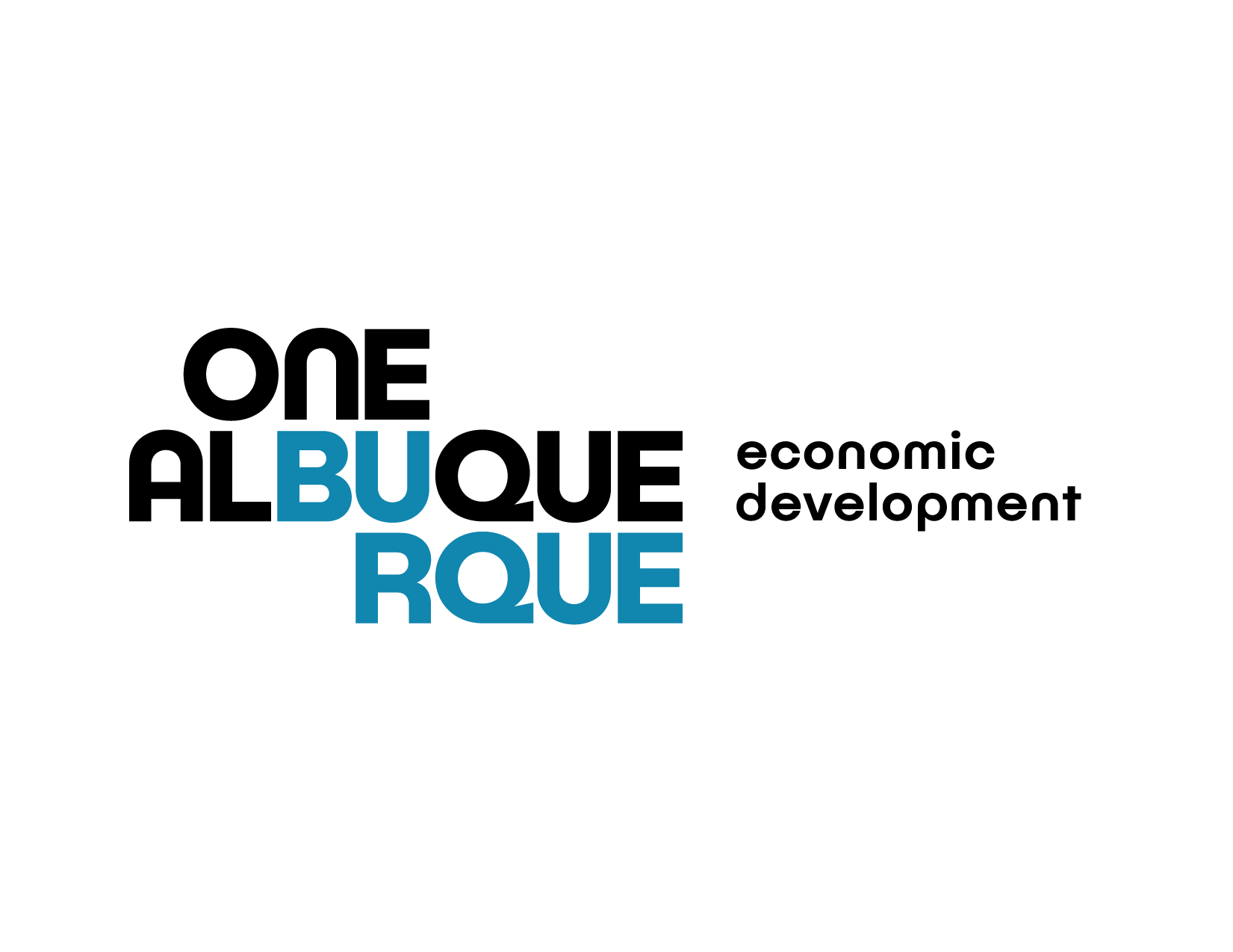Report on U.S. Job Quality and its Alignment with Sustainable Development Goals
Executive Summary
A recent study on American job quality reveals that a majority of workers in the United States, approximately 60%, are not employed in what researchers define as “quality jobs.” This finding presents a significant challenge to the achievement of several key Sustainable Development Goals (SDGs), most notably SDG 8 (Decent Work and Economic Growth), SDG 5 (Gender Equality), and SDG 10 (Reduced Inequalities).
Defining Job Quality in the Context of SDG 8
The study establishes a framework for job quality based on five core components, which directly align with the principles of “decent work” as outlined in SDG 8. A quality job is characterized by:
- Fair pay and benefits, essential for economic security and growth.
- A positive and safe workplace culture, reflecting Target 8.8 on protecting labor rights and ensuring safe working environments.
- Opportunities for growth and advancement, contributing to productive employment.
- The inclusion of workers’ voices in decision-making processes.
- Sustainable work schedules that support worker well-being (SDG 3).
Key Findings and Economic Implications
The report highlights a direct link between job quality and broader economic and social outcomes, underscoring the importance of decent work for sustainable development.
- Prevalence of Low-Quality Jobs: With only four in ten U.S. workers in quality jobs, the nation faces a substantial deficit in providing decent work for all its citizens.
- Impact on Economic Productivity (SDG 8): Employee disengagement resulting from poor job quality was linked to global productivity losses of over $9 trillion in the past year. When workers feel undervalued, they are more likely to underperform, hindering overall economic growth.
- Impact on Worker Well-being (SDG 3): Employees in quality jobs report significantly higher levels of happiness and job satisfaction, demonstrating the critical role of decent work in promoting mental health and well-being.
Disparities in Job Quality: A Challenge to SDG 5 and SDG 10
The data reveals significant inequalities across demographic and geographic lines, indicating that the benefits of quality employment are not being distributed equitably.
- Gender Inequality (SDG 5): A stark disparity exists between genders, with nearly half of all men holding a quality job compared to only 34% of women. This gap highlights a systemic barrier to achieving gender equality and empowering all women in the workplace.
- Regional Inequality (SDG 10): The study found that job quality varies by location, with workers in the Western U.S. being most likely to have a quality job. This points to regional inequalities within the country that must be addressed to ensure inclusive growth for all.
Recommendations for Progress
To advance the Sustainable Development Goals, particularly SDG 8, the report suggests that workers who lack quality in their jobs should actively seek remediation.
- Engage in dialogue with management to address specific concerns regarding pay, promotion, or feeling undervalued.
- Utilize Human Resources channels to safely express concerns and advocate for improvements in the work environment.
- By speaking up, workers can help catalyze changes that align business practices more closely with the principles of decent work and sustainable economic development.
1. Which SDGs are addressed or connected to the issues highlighted in the article?
SDG 8: Decent Work and Economic Growth
- The article’s central theme is the lack of “quality jobs” in the U.S., which directly relates to the concept of “decent work” promoted by SDG 8. The discussion on fair pay, benefits, workplace safety, and growth opportunities are all core components of this goal. The article also links the lack of quality jobs to significant productivity losses, touching upon the “economic growth” aspect of SDG 8.
SDG 5: Gender Equality
- The article explicitly highlights a significant disparity in job quality between genders, stating that “Nearly half of men have a ‘quality job’ compared to 34% of women.” This directly addresses SDG 5’s aim to achieve gender equality and empower all women and girls by pointing out inequality in economic opportunities and outcomes.
SDG 10: Reduced Inequalities
- This goal is addressed through the article’s findings on disparities among different demographic groups. The gender gap in quality jobs is a clear example of inequality. Furthermore, the mention that “workers in the West most likely to have a quality job” points to regional inequalities, which SDG 10 aims to reduce.
2. What specific targets under those SDGs can be identified based on the article’s content?
Targets under SDG 8: Decent Work and Economic Growth
- Target 8.5: “By 2030, achieve full and productive employment and decent work for all women and men… and equal pay for work of equal value.” The article’s focus on the low prevalence of “quality jobs” (only 4 in 10 workers) and the definition of such jobs (including fair pay) directly relates to achieving decent work for all. The gender disparity mentioned also connects to this target’s emphasis on equality for women and men.
- Target 8.8: “Protect labour rights and promote safe and secure working environments for all workers…” The study’s definition of a quality job includes “workplace culture and safety” and “workers’ voice in decision-making,” which are central to this target. The advice for unhappy workers to “feel safe to go to HR” also underscores the importance of a secure working environment.
Targets under SDG 5: Gender Equality
- Target 5.1: “End all forms of discrimination against all women and girls everywhere.” The significant gap in quality job possession between men and women (nearly half vs. 34%) suggests a potential systemic issue or discrimination that prevents women from accessing the same quality of employment as men.
Targets under SDG 10: Reduced Inequalities
- Target 10.2: “By 2030, empower and promote the social, economic and political inclusion of all, irrespective of… sex…” The article’s data showing that women are less likely to have quality jobs than men is a direct measure of their unequal economic inclusion.
- Target 10.4: “Adopt policies, especially fiscal, wage and social protection policies, and progressively achieve greater equality.” The article’s discussion of “fair pay and benefits” as a key component of a quality job implies the need for policies that would address these areas to reduce inequality.
3. Are there any indicators mentioned or implied in the article that can be used to measure progress towards the identified targets?
Indicators for SDG 8 Targets
- Implied Indicator for Target 8.5: The article provides a direct metric: “Only 4 in 10 workers in America right now are in quality jobs.” This can be framed as the Percentage of the workforce in quality jobs. The five factors used to define a quality job (fair pay, benefits, culture/safety, growth, voice, schedule) can act as sub-indicators.
- Implied Indicator for Target 8.8: The concept of workers feeling safe to voice concerns to HR or management is an implied qualitative indicator for a safe and secure working environment.
Indicators for SDG 5 & SDG 10 Targets
- Implied Indicator for Targets 5.1 and 10.2: The article provides a specific data point that serves as a clear indicator of gender inequality: the Proportion of men versus women holding quality jobs (“Nearly half of men… compared to 34% of women”).
- Implied Indicator for Target 10.2: The finding that “workers in the West most likely to have a quality job” suggests a geographic indicator: the Proportion of the workforce in quality jobs, disaggregated by geographic region.
4. Table of SDGs, Targets, and Indicators
| SDGs | Targets | Indicators (Mentioned or Implied in the Article) |
|---|---|---|
| SDG 8: Decent Work and Economic Growth |
|
|
| SDG 5: Gender Equality |
|
|
| SDG 10: Reduced Inequalities |
|
|
Source: wcpo.com







